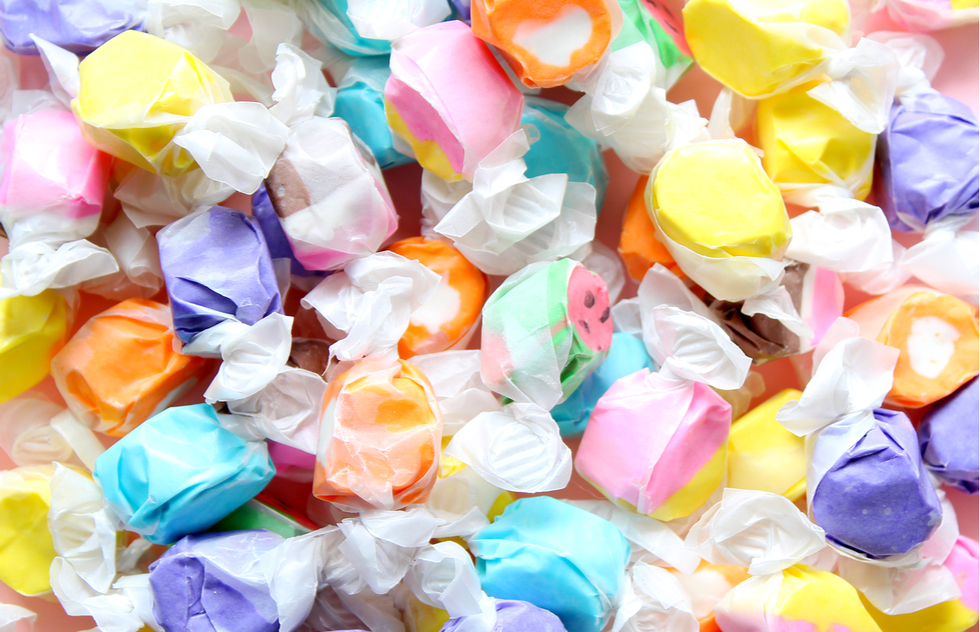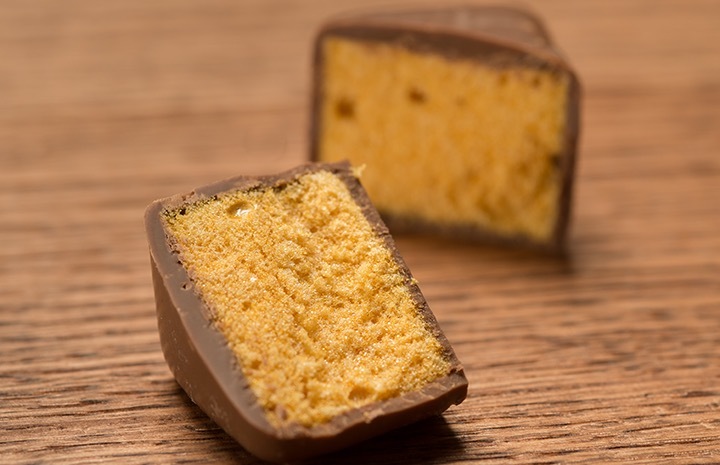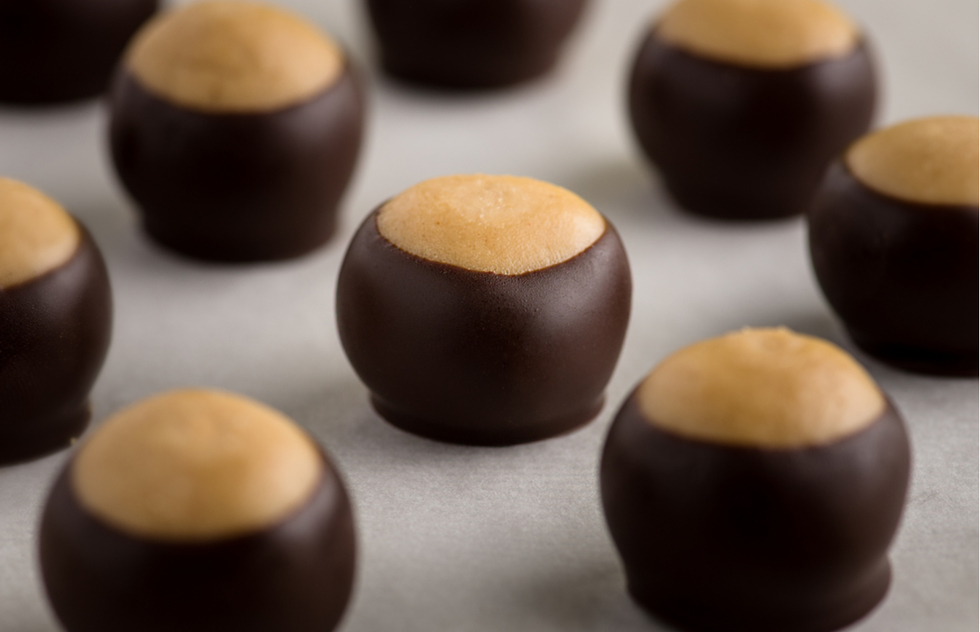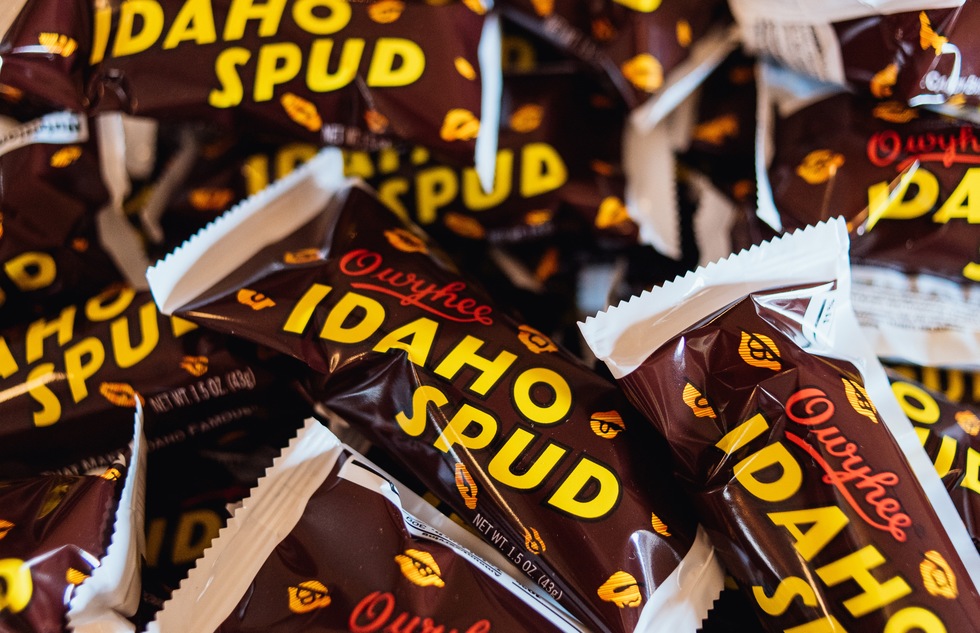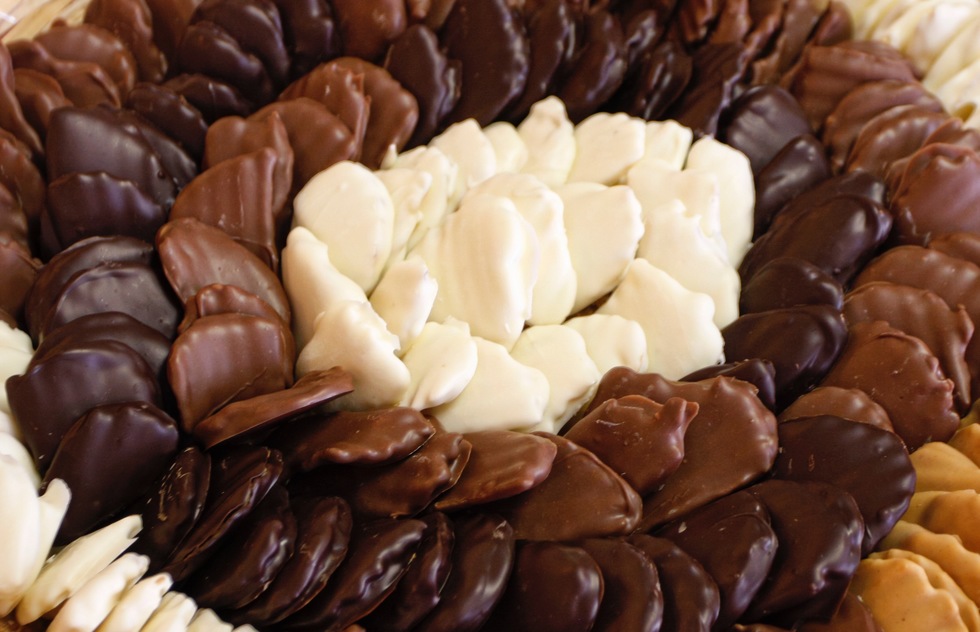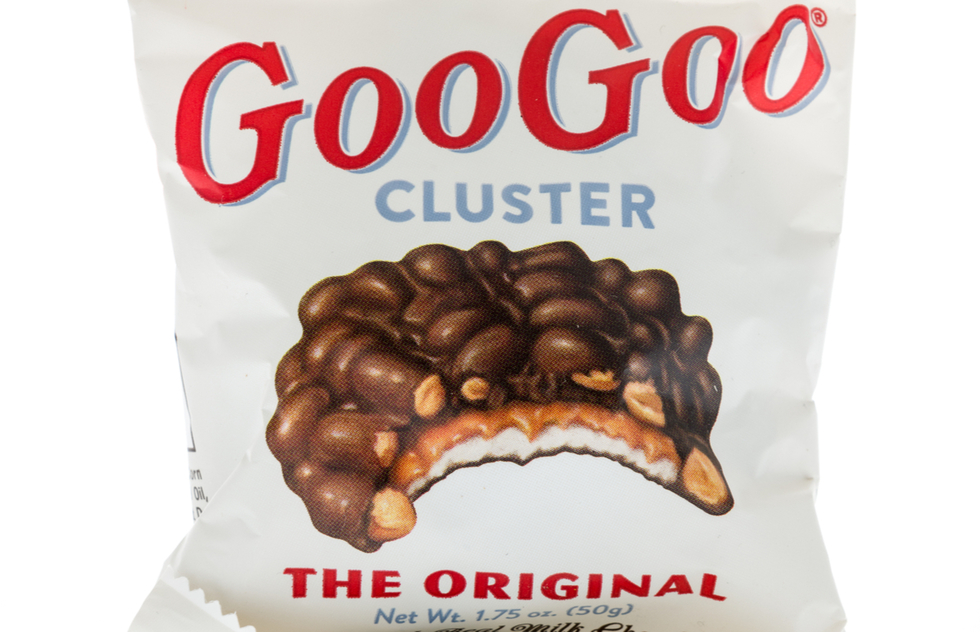All-American Candies: The USA's Tastiest Regional Sweets
By Pauline Frommer and Zac ThompsonUpdated June 17, 2024
Try a region’s sweet treats and you’ve tasted what makes that place happy. After all, candy is the stuff of holidays and carnivals, the point of having an allowance, a perk of having grandparents, the source of childhood longing, and a locus of grownup nostalgia.
Maybe you can get all that from a Kit Kat. But unlike big national brands, regional candies have, by definition, a unique and specific sense of place that is as evocative as a small-town history museum or locally made craft—though old photos and hand-sewn quilts are a lot harder to chew.
These are some of our favorite confections that are tied to locales across the United States. We've also included info on how to get your hands on the goods, whether in person or by ordering online. Experience for yourself why these sugary morsels have been making sweet memories for generations.
The culinary contributions of Buffalo, New York, don’t stop at the chicken wing. The city has also perfected a crispy, chocolate-covered honeycomb toffee called sponge candy. There are many variants elsewhere in the world—most of them with names that sound like party drugs: fairy food (in the Midwest), hokey pokey (New Zealand), puff candy (Scotland), and cinder toffee (U.K.). Buffalo’s version is notable for its creamy chocolate coating and a molasses-flavored interior that manages to be crunchy yet quick to melt in your mouth.
Established in 1910, Fowler’s Chocolates (multiple locations in Western New York) is the oldest sponge candy provider in the area, but there are a surprising number of old-fashioned candy shops to choose from, including the frozen-in-time Parkside Candy (3208 Main St.) and, in nearby Williamsville, Alethea’s Chocolates (8301 Main St.), where every square of sponge candy is branded with an “A” like Hester Prynne.
To order online: Visit FowlersChocolates.com, ParksideCandy.com, or Aletheas.com.
The Cactus Candy Company in Phoenix started churning out its beloved pink gummies in 1942. The sugar-dusted squares are made with fresh juice from the prickly pear cactus, which grows throughout the deserts of the Southwest. The insides of the plant's bright yellow, red, and purple fruits, which sprout along the edges of its spiny paddles, taste like a bubblegum-watermelon hybrid and have been a sweet staple in Native American recipes for ages.
The candies come in an eye-catching yellow box decorated with a winking saguaro—only distantly related to the prickly pear, but never mind. Given that Cactus Candy derives from Arizona flora, this is a regional treat that lets you literally taste the region.
To order online: Visit CactusCandy.com.
Rich in orchards, Northern Michigan is the self-proclaimed Cherry Capital of the World. The region, long famous for family vacations, is also no slouch when it comes to producing fudge—especially on timeless, car-free Mackinac Island in Lake Huron. It was only a matter of time before local fudge was combined with local cherries, bringing a touch of tartness to offset the chocolatey sugar bomb.
Main Street on Mackinac is stocked with more fudge than you could ever eat. Murdick’s opened its first emporium in 1887 and now has three Mackinac locations, including two on Main Street, and Ryba’s Fudge Shops (pictured above) fill four storefronts along the thoroughfare. There, as at many candy purveyors in town, you can watch confectioners make their wares on slabs using big paddles. Beyond Mackinac, you can trust the Michigan authenticity of Kilwins, which began in the town of Petoskey and now has multiple locations elsewhere in the state and beyond.
To order online: Visit OriginalMurdicksFudge.com, Ryba.com, or Kilwins.com.
Several candy bars that are popular in California can be difficult to find back East. They include the Rocky Road (chocolate, nuts, and marshmallows, just like the ice cream flavor), Big Hunk (a slab of nougat embedded with peanuts), and Look! (basically, a chocolate-covered Big Hunk). All of those are products of the Annabelle Candy Company, based in the San Francisco Bay Area.
Annabelle’s oldest brand, however, is Abba-Zaba, a sticky rectangle of chewy white taffy surrounding a peanut butter center. Though produced by other manufacturers until 1978, Abba-Zaba has been delighting sugar fiends and dismaying dentists since 1922. Perhaps owing to the candy bar’s funny name, distinctive yellow-and-black checkerboard wrapper, and strong cult following, Abba-Zaba bars have popped up in rock songs (including one by Captain Beefheart), TV shows, and movies, most notably the 1998 stoner comedy Half Baked.
To order online: Visit AnnabelleCandy.com.
Floods figure prominently in the origin myths of at least two gifts to humankind: rainbows (first spotted by Noah after leaving the Ark, according to Genesis) and saltwater taffy, supposedly the result of ocean waves overtaking a candy stand in Atlantic City sometime in the late 19th century. Actually, the name is more marketing ploy than descriptor—most saltwater taffy contains little to no salt and hardly any water. But the sweet, pastel-hued goo is still a mainstay on the boardwalks of the Jersey Shore.
In Atlantic City, the most venerable brands are James (pictured above) and Fralinger’s, sold at numerous locations along the Boardwalk. A little farther south in Ocean City, Shriver’s Salt Water Taffy and Fudge dates back to 1898. From big windows in the store (852 Boardwalk), you can watch machines pull colorful gobs into mesmerizing loops that will wind up as dozens of different creamy, fruity, and chocolate-covered flavors.
To order online: Visit JamesCandy.com or Shrivers.com.
Ohioans’ love affair with the buckeye stretches back at least as far as pioneer days, when European settlers on what was then the U.S. frontier were affectionately dubbed buckeyes after the trees that covered the Ohio wilderness. The buckeye has since been used for the state nickname, the state tree, and the mascot of Ohio State University. Unfortunately, the love is not returned—the nut that gives the tree its name is highly poisonous.
But thanks to candymakers, there is a nonlethal replica that is not only edible but downright scrumptious. It consists of peanut butter fudge that’s partially dipped in chocolate, leaving a light brown circle within a darker casing so that the whole thing looks like the nut. If you don’t have access to an Ohio grandmother, we recommend trying the buckeyes made by Anthony-Thomas Chocolates (multiple locations in and around Columbus) or the Buckeye Chocolate Company, which has cafes in Chardon (510 Water St.) and Bainbridge (8555 Tanglewood Square) in the northeast part of the state.
To order online: Visit Anthony-Thomas.com or BuckeyeChocolate.com.
The Idaho Spud bar contains no potatoes, despite its name, shape, and Boise birthplace. Instead, the nostalgic sweet has an interior of cocoa-flavored marshmallow surrounded by a dark chocolate coating sprinkled with coconut.
The Idaho Candy Company began making the bars in 1918 at a still-in-operation downtown factory (412 S. 8th St.) located just about a 10-minute walk southwest of the domed Idaho State Capitol Building. In the factory’s retail store, visitors can buy Idaho Spud bars and other classics such as the Old Faithful (kind of like a Goo Goo Cluster—see below), the Cherry Cocktail (maraschino cherry crème buried in a mound of ground peanuts and chocolate), and Owyhee Butter Toffee, named after the nearby Owyhee River. The Snake River is closer, but who wants to eat snake toffee?
To order online: Visit IdahoSpud.com.
Sometimes an unlikely combination works surprisingly well, like chicken and waffles or Johnny Cash covering Nine Inch Nails. Another good example is one of North Dakota’s favorite treats: chippers, aka chocolate-covered potato chips. Satisfyingly sweet, salty, creamy, and crunchy all at the same time, chippers are the marquee attraction at the three chocolate shops—in Fargo (4325 13th Ave. S.), Grand Forks (106 S. 3rd St.), and across the Minnesota border in Crookston (116 S. Broadway)—owned and operated by the Widman family, who coined the chipper moniker and are currently on their fourth generation of continuous candy-making.
The chips Widman’s uses come from potatoes grown in the Red River Valley of eastern North Dakota and western Minnesota. Choose from coatings of milk chocolate, semisweet dark chocolate, or white almond bark. Other foods the store has been known to dip in chocolate include berries and marshmallows as well as unconventional options such as sunflower seeds and even olives—but when it comes to tempting combos, that last one walks the line, as Cash would say.
To order online: Visit CarolWidmansCandy.com.
There was a time—a sad, benighted time—when candy bar makers stuck to using only a single ingredient such as chocolate or taffy. But then, in 1912, Nashville’s Standard Candy Company found a way to unite caramel, marshmallow nougat, roasted peanuts, and milk chocolate to create the first mass-produced “combination confection”: the Goo Goo Cluster.
According to company lore, the baby-talk name derives from the candy being “so good, people will ask for it from birth.” In any case, the Goo Goo Cluster is a bona fide Nashville icon, right up there with the Grand Ole Opry—which, by the way, the candy’s makers sponsored for decades. Head to the Goo Goo Chocolate Co. storefront (116 3rd Ave. S) in Downtown Nashville to fill up on chocolate and watch the historic treats get made.
To order online: Visit GooGoo.com.





